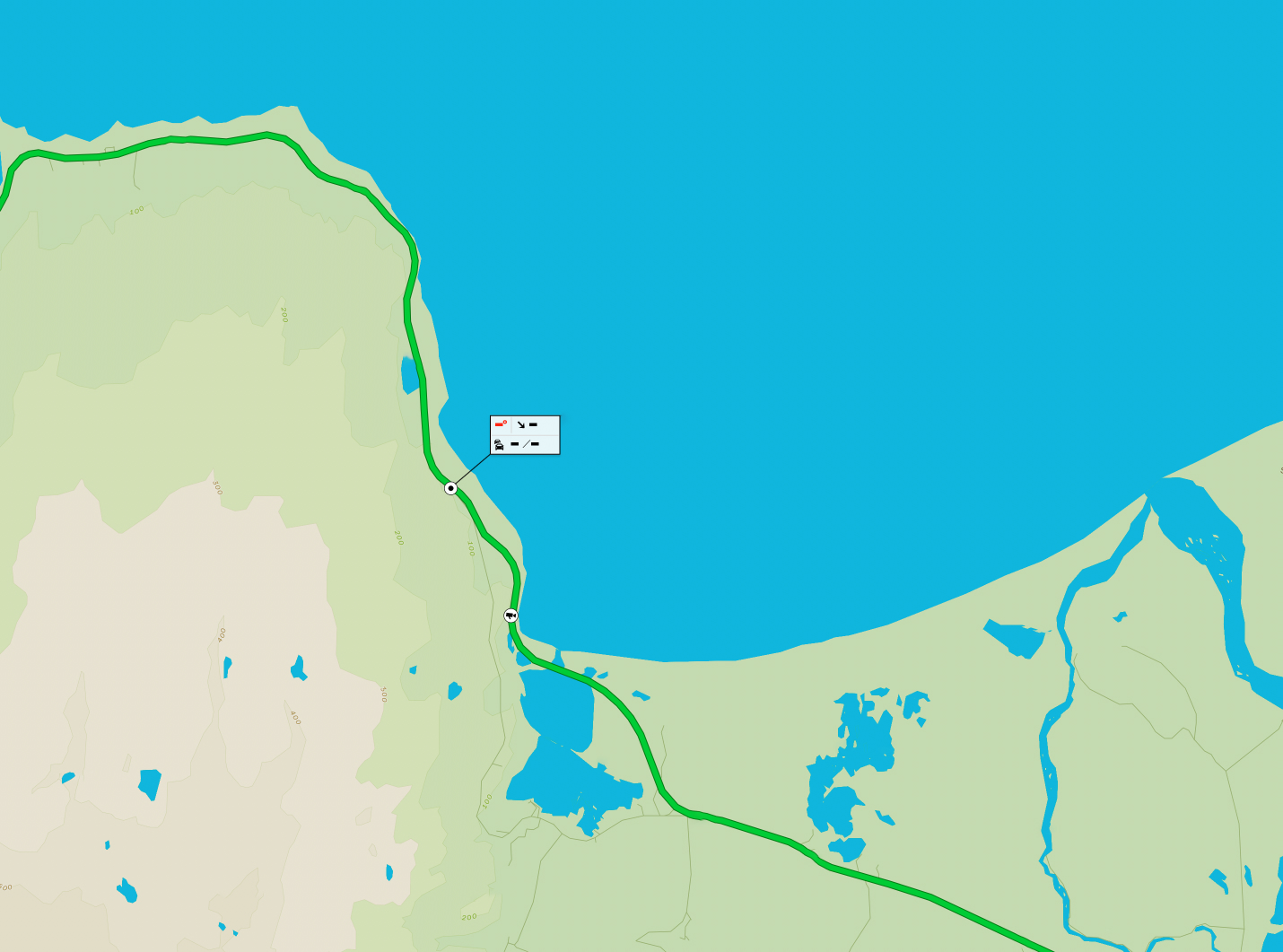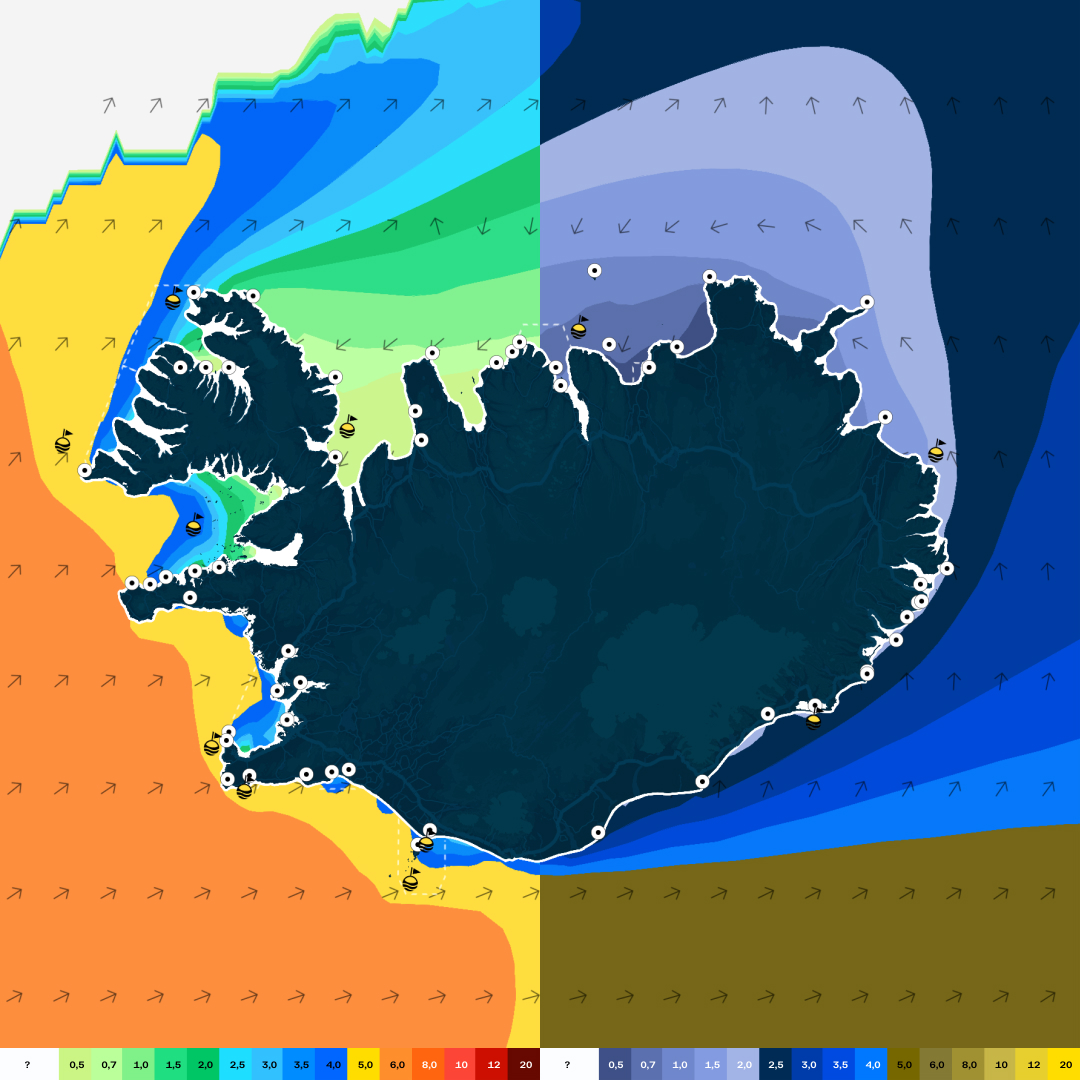PDF · mars 2010Tourism, volcanic hazards and education in southern Iceland
Áfangaskýrsla um verkefnið: Skynjun íbúa og ferðamanna á hættu vegna eldgoss og viðbrögð þeirra við náttúrvá tengdri Kötlu
Research in 2007 in southern Iceland examined the relationship between volcanic risk and the tourism sector and the complex challenge emergency management agencies face in developing effective volcanic risk mitigation strategies. The popular tourist region of Þórsmörk was the focus of this survey due to its location within the jökulhlaup hazard zone of Katla. The survey, conducted prior to the implementation of education and training campaigns, showed that tourists lacked volcanic hazard knowledge and both tourists and tourism employees lacked knowledge of the early warning system and emergency response procedures they should follow.
These issues of knowledge were reassessed in a follow-up survey conducted in 2009 after education and training campaigns had been implemented. The results of this
survey suggest that these efforts have not been successful at increasing tourists and tourism employees’ knowledge. Only a quarter of the tourists had seen the Eruption
Emergency Guidelines brochure and only 21% of employees had received appropriate emergency response training. One critical point raised by many participants was the
inadequacy of the hazard map. The map failed to ‘communicate to them’ the location of the hazard zone and evacuation routes. Tourists found the map confusing and
inappropriately scaled for the region. Also, those who had read the Eruption Emergency Guidelines brochure likened it to a tourist advertisement.
This research shows that critical improvements are essential to ensure the safety of all people in Þórsmörk. This region must have appropriate and detailed hazard, risk and
emergency response information readily available to all tourists and tourism employees must receive adequate training prior to the commencement of the 2010 summer tourist season. This work must start immediately given the increased likelihood of a Katla eruption following the recent eruption in Eyjafjallajökull on 20 March 2010.

Tourism, volcanic hazards and education in southern Iceland













Áfangaskýrsla um verkefnið: Skynjun íbúa og ferðamanna á hættu vegna eldgoss og viðbrögð þeirra við náttúrvá tengdri Kötlu